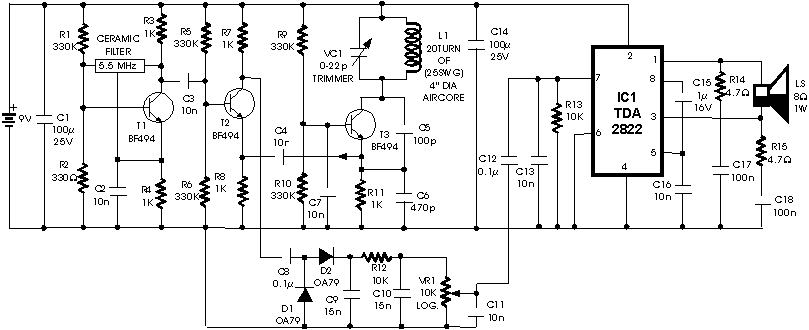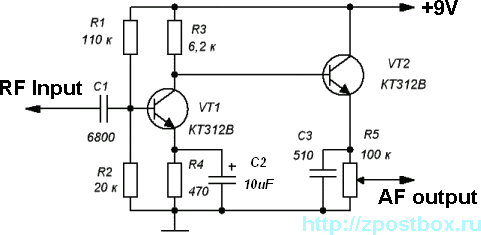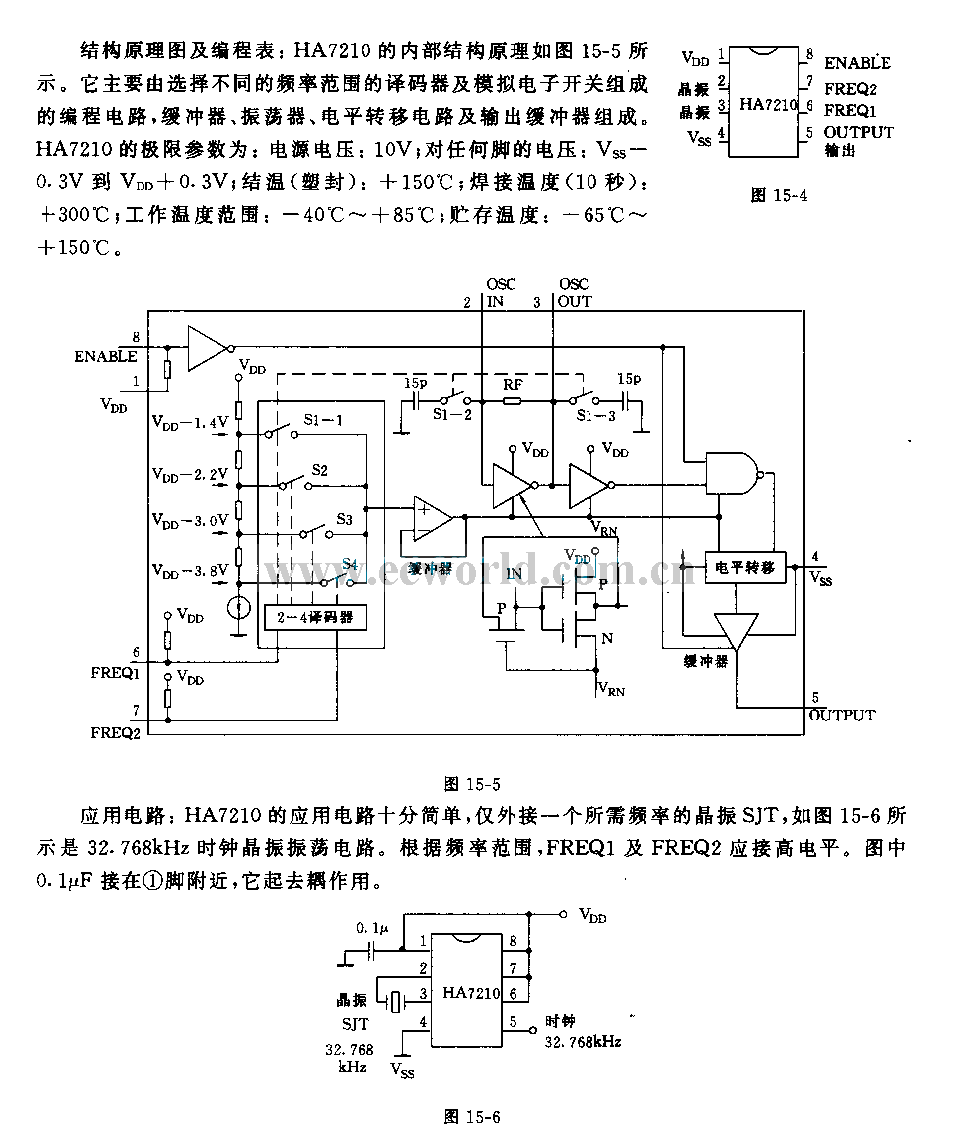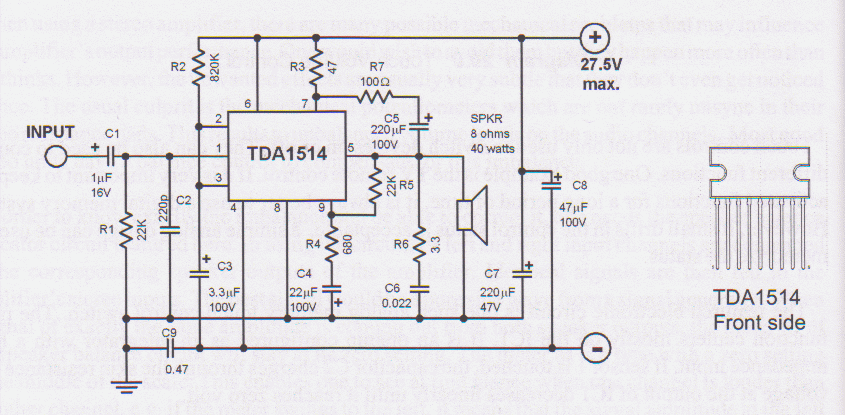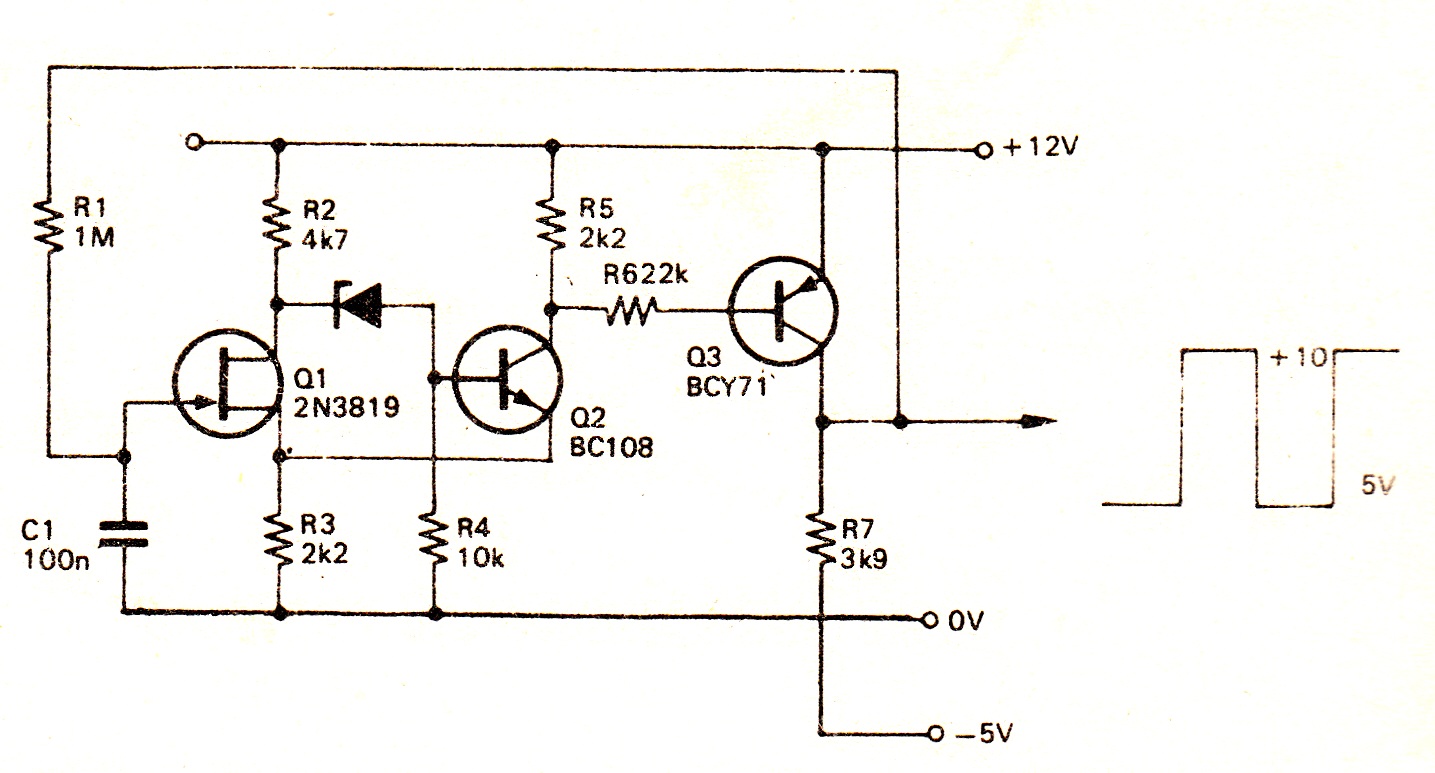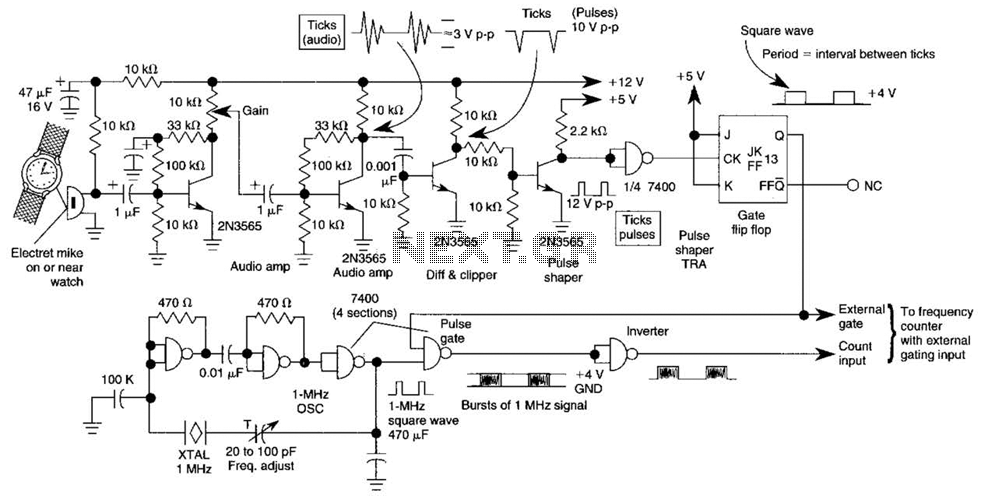
XTR108 voltage excitation bridge circuit diagram
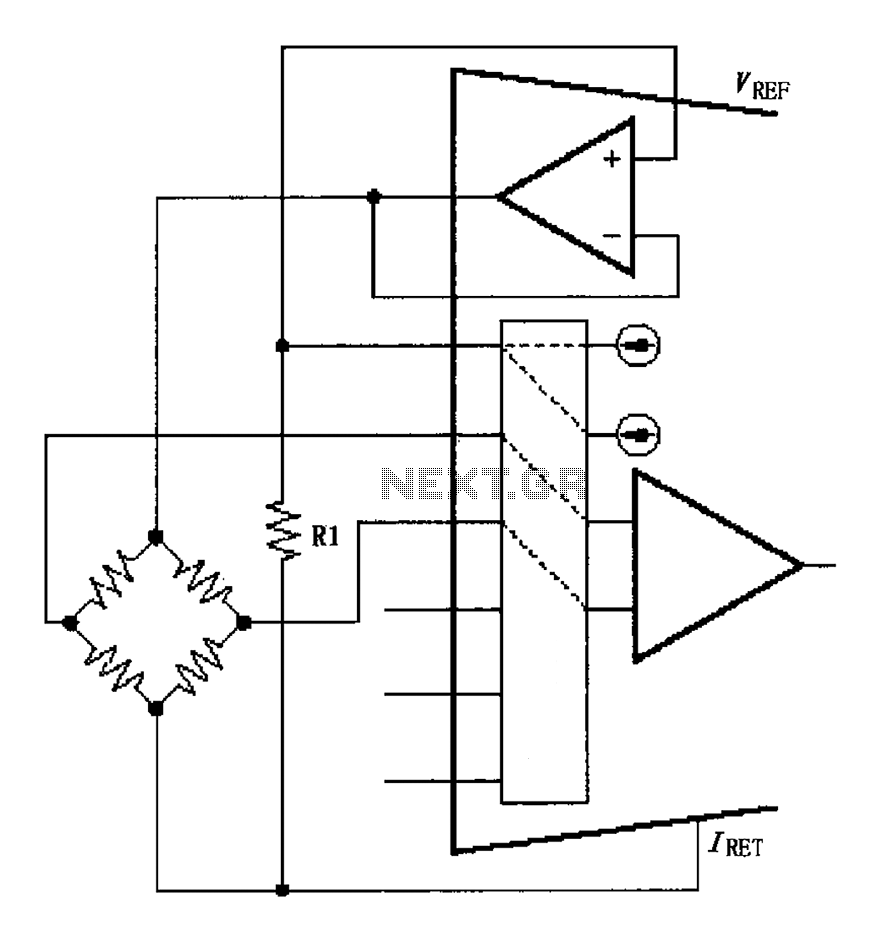
The circuit for the bridge excitation voltage XTR108 is linearized using adjusted algorithms that correspond to the linearization of the RTD response. The excitation voltage VEX is defined as 2IREFR1, where VEX represents the excitation voltage applied at both ends of the bridge.
The XTR108 is a precision current loop transmitter designed for use in applications that require the measurement of resistance temperature detectors (RTDs). In this context, the bridge circuit is a critical component that allows for the accurate measurement of temperature by converting the resistance changes of the RTD into a corresponding voltage signal.
The excitation voltage (VEX) provided to the bridge is crucial for maintaining linearity in the output. The relationship VEX = 2IREFR1 indicates that the excitation voltage is twice the product of the reference current (IREF) and the resistance (R1) used in the circuit. This configuration helps to ensure that the output voltage remains proportional to the temperature changes detected by the RTD.
The linearization algorithms applied in this circuit are essential for correcting any non-linearities that may arise from the RTD's response characteristics. By adjusting the excitation voltage and employing these algorithms, the system can achieve a more accurate and stable output, which is particularly important in precision temperature measurement applications.
In summary, the XTR108 bridge circuit effectively utilizes a linearized approach to provide a stable excitation voltage, ensuring that the RTD's resistance changes correspond accurately to temperature variations. This method enhances the reliability and precision of temperature readings in various industrial and scientific applications. As shown for the bridge circuit excitation voltage XTR108. Circuit for the bridge excitation voltage is linearized adjusted, linearized algorithms that RTD linearization same r esponse. Excitation voltage VEX 2IREFR1, where VEX is the excitation voltage at both ends of the bridge.
The XTR108 is a precision current loop transmitter designed for use in applications that require the measurement of resistance temperature detectors (RTDs). In this context, the bridge circuit is a critical component that allows for the accurate measurement of temperature by converting the resistance changes of the RTD into a corresponding voltage signal.
The excitation voltage (VEX) provided to the bridge is crucial for maintaining linearity in the output. The relationship VEX = 2IREFR1 indicates that the excitation voltage is twice the product of the reference current (IREF) and the resistance (R1) used in the circuit. This configuration helps to ensure that the output voltage remains proportional to the temperature changes detected by the RTD.
The linearization algorithms applied in this circuit are essential for correcting any non-linearities that may arise from the RTD's response characteristics. By adjusting the excitation voltage and employing these algorithms, the system can achieve a more accurate and stable output, which is particularly important in precision temperature measurement applications.
In summary, the XTR108 bridge circuit effectively utilizes a linearized approach to provide a stable excitation voltage, ensuring that the RTD's resistance changes correspond accurately to temperature variations. This method enhances the reliability and precision of temperature readings in various industrial and scientific applications. As shown for the bridge circuit excitation voltage XTR108. Circuit for the bridge excitation voltage is linearized adjusted, linearized algorithms that RTD linearization same r esponse. Excitation voltage VEX 2IREFR1, where VEX is the excitation voltage at both ends of the bridge.
